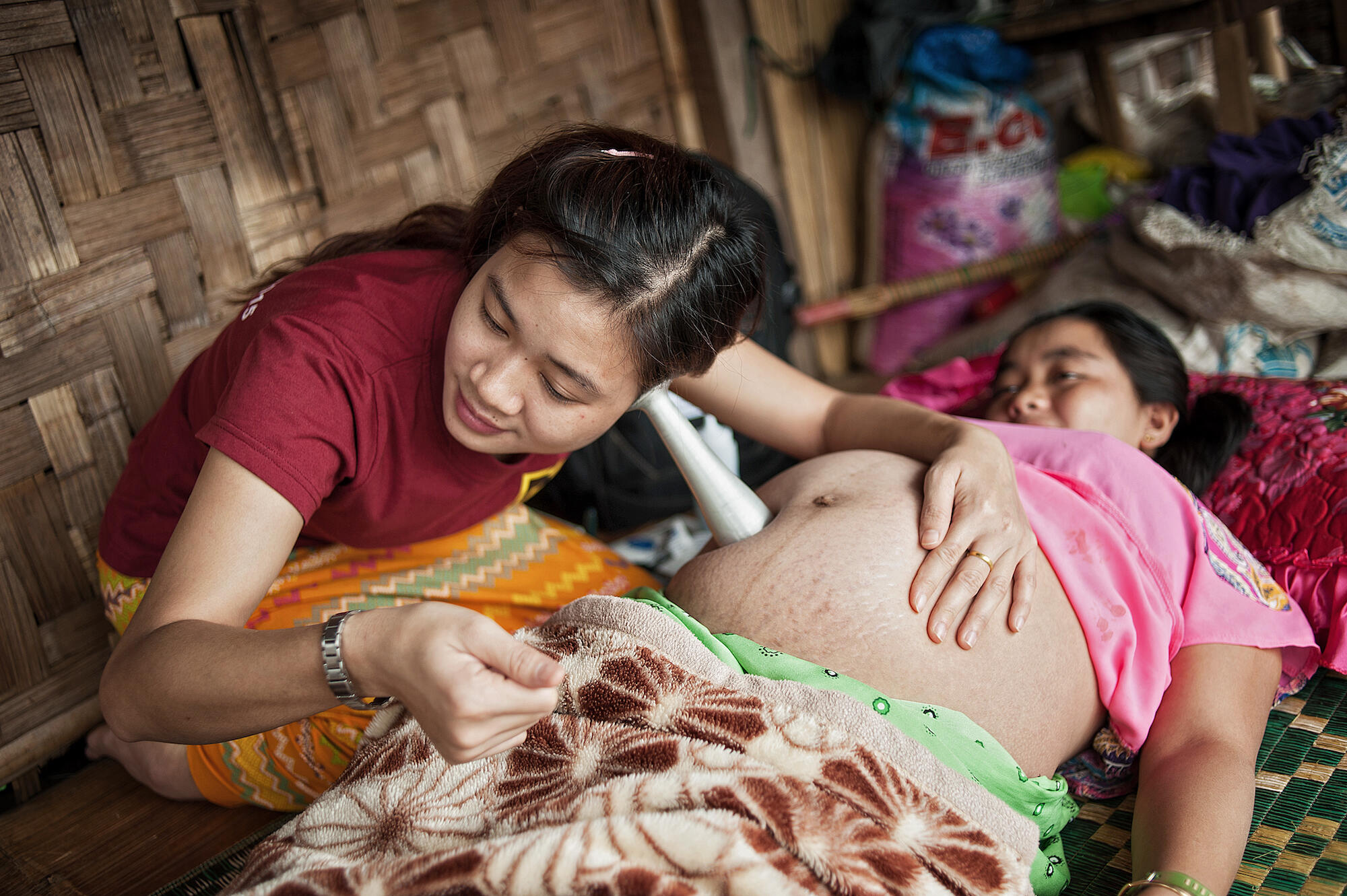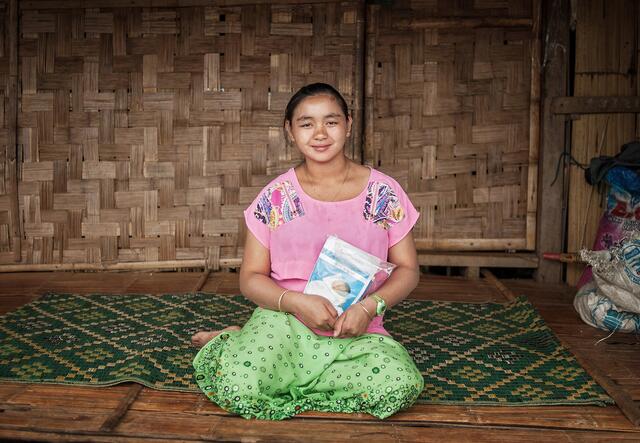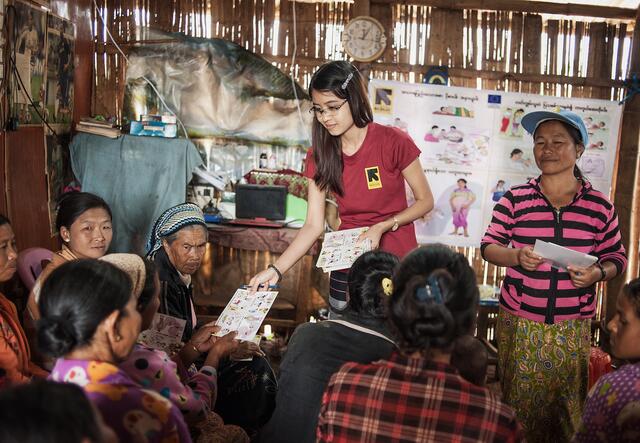
Ma J Nan was displaced from her home in Man Ga Laung village four years ago by armed conflict. She was a farmer. She lived in a bamboo house. Her family fled with her, and she was left with just her clothes.
Now she lives is a camp in Kut Kai township, Northern Shan.
“I live here with my family in a three room house, where we have access to basic sanitation facilities.”
Since 2001, violent conflict has displaced over 100,000 people like Ma J Nan in Southern Kachin and Northern Shan States in Northern Myanmar.
Beyond the headlines
In just the last few weeks, fighting has intensified in Northern Shan, killing or injuring dozens, as well as forcing around 6,500 people to flee from their homes inside and outside of Myanmar. This was one of the largest displacements in the area in several years.
This is a crisis that has come back into focus but often goes far beyond the headlines. A crisis that is forgotten by too many.
In Ma J Nan’s new community, the main income and source of livelihood comes from working in the corn fields.

“I feel safe here – but the income of MMK 2,500-3,000 (under €2.10) that I earn per day as a worker is not enough.”
Ma J Nan needs between €7 and €10 every 10 days just for the supplies she needs to feed her family.
An unpredictable crisis
“I have problems with obtaining water, food and rice, but I like living at the camp, because at least there are healthcare services available.”
Many people have been displaced, multiple times over the last few years, meaning more vulnerable people in need of support. Whilst most of those displaced in Myanmar had returned home as of the end of November, the situation changes rapidly and new displacement is possible as fighting continues.
Ma J Nan had made use of a health centre a mile walk away. But, she says, finding out about the International Rescue Committee’s mobile health clinic from her pregnant neighbours allowed her to better meet her needs.
“After I received care for my pregnancy, alongside health education and multivitamins, I felt safe and happy.”

The IRC works in Northern Shan and the Southern Kachin States to provide life-saving, emergency health care to communities that have been displaced by conflict. This includes mobile health clinics within camps, which provide reproductive health services to camps which are majority female.
These clinics provide welcome relief for people in Northern Shan when ill-equipped facilities inside the camps are lacking, and government-run clinics in town centers do not always have sufficient supplies or support to meet the sheer quantity of those in need.
Safety for the future
Over 8000 people have had access to health care as a result of IRC’s support. 30 pregnant women have received first antenatal care, not only in clinics but in villagers’ homes, conducted by female mobile nurses under the guidance of a medical doctor.
“It is good to have antenatal care as it is safe for the baby,” she says.
Her next wish? The support she needs to deliver her baby safely.
“I would like to have my baby delivered at the camp with the support of skilled and trained health staff.”
Supported by the European Commission, the IRC is working with partner Karuna Myanmar Social Solidarity (KMSS) to provide lifesaving healthcare to meet the needs of local conflict-affected communities in Northern Shan and Southern Kachin States. IRC provides primary and reproductive health services through mobile health clinics in IDP camps in Muse, Namhkan, Kukai and Mansi Townships. Also with support from the European Commission, the IRC is providing emergency health response to Muslim and Rakhine communities in Rakhine State, who have been affected by inter-communal violence.